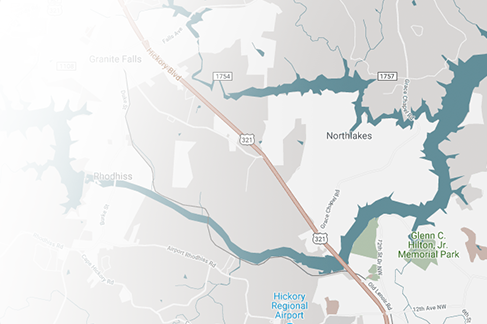Most people refer to all fractures colloquially as “broken bones.” They may specify how the bone was broken (the incident), but not how the bone is broken (type). Within orthopedics, all fractures can be classified by their type. Here are some of the most common ones.
Open Fracture vs. Closed Fracture
An open fracture is any break where the bone ruptures the skin, thus revealing the white bone itself. This type can be especially distressing because it’s so visible. Orthopedists can mend most of these fractures and suture up the skin.
A closed fracture is any break where the bone doesn’t rupture the skin. The bone can be broken in the same way that it is for an open fracture, and abnormal lumps in the surrounding soft tissue might show where the fracture is. The white bone can’t be seen, though.
Open fractures are also referred to as compound fractures. Closed fractures are also referred to as simple fractures.
Stable Fracture vs. Displaced Fracture
A stable fracture occurs when there is no space between the two (or more) broken pieces of bone. The bone thus is stabilizing itself to some extent, although further stabilization is needed for full and proper healing. This is rarely an open fracture.
A displaced fracture occurs when the pieces of bone don’t properly line up with one another -- they’re displaced. There is space between the pieces where they aren’t aligned. This can be an open or closed fracture.
Transverse Fracture, Spiral Fracture and Greenstick Fracture
A transverse fracture is a break that’s at a right angle to the bone’s length, and the bone is entirely and cleanly severed. This fracture is most often caused by heavy trauma, and it’s one of the most likely types to be open.
A spiral fracture is a crack that wraps around the bone, thus spiraling. This fracture normally is caused by severe twisting of the bone. It’s almost always a closed fracture.
A greenstick fracture involves the bone bending so that it partially fractures, but the bone doesn’t fully break. This fracture usually only occurs in children, who have softer and more flexible bones than adults. Greensticks are almost always closed, and they can go undetected for a little while.
Oblique Fracture, Segmental Fracture and Stress Fracture
An oblique fracture is a diagonal fracture across the bone, with the angle of the break varying. The fracture can be displaced or stable, open or closed.
A stress fracture is caused by overuse of the bone. It’s a slight crack, sometimes called a hairline break. The fracture is almost always closed.
A segmental fracture is when a piece breaks off of the main bone, and is floating around. The piece can be a chip off of a main bone, but it’s more often a piece that breaks off from a more significant fracture. The segmental fracture itself is usually closed, but another fracture that leads to the segmental one could be open or closed.
Get Treatment for Fractures
Orthopedic diagnosis and treatment are needed whenever a fracture occurs, regardless of the type of break. If you suspect a fractured bone, make an appointment with an orthopedist for evaluation.
At Prime Surgical Suites, we provide state-of-the-art, cost-effective musculoskeletal surgical care in a convenient and comfortable outpatient setting for patients of all ages. Located in RiverCrest Medical Park, we are the region's first outpatient center focused exclusively on orthopedics. Our physician-led center will help restore your active lifestyle and well-being with compassion and orthopedic excellence.
.png?width=200&height=63&name=Prime%20Surgical%20Suites%20Logo-FINAL%20(REV_2_19).png)






